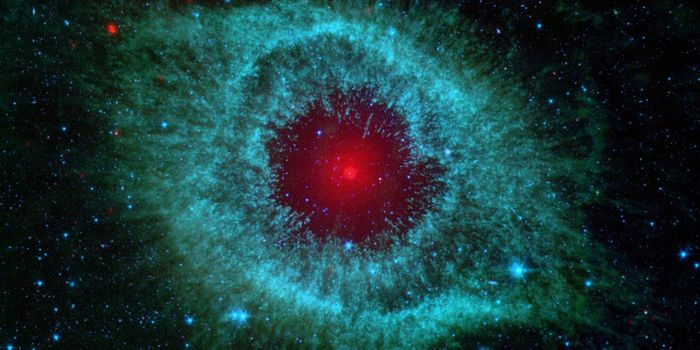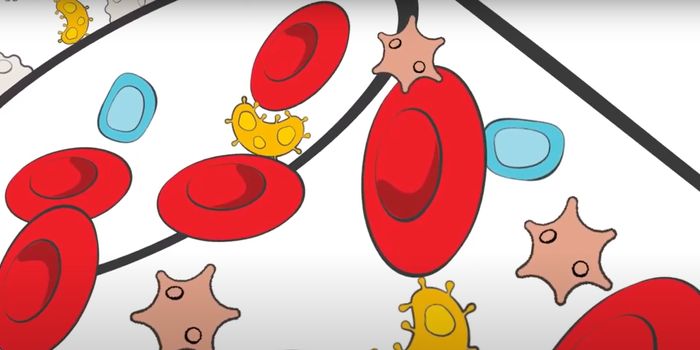Some facts are taken for granted. In the case of genetics, we take for granted the knowledge that humans have 23 pairs of chromosomes, which encode everything from our appearance to our propensity for disease. But this knowledge wasn't always so well understood.
The story of the chromosome began in the 1800s with the invention of the microscope. This enabled scientists to peek inside cells, which sometimes revealed the presence of dense bodies. Further investigations revealed that these bodies took up stains, which led to the name "chromosome," from the Greek for color (chroma) and body (soma).
But while scientists observed these structures with the microscope, it wasn't until the early 1900s when the true nature and function of chromosomes came to light. By studying chromosome structures in fruit flies, Thomas Hunt Morgan linked inherited traits (gender and eye color) to chromosomes. This was the crucial piece of the puzzle that propelled researchers deeper into the study of genetics and inheritance, and how the chromosome was at the center of it all.
Today, we understand the chromosome as the packaged form of DNA. That is, chromosomes are made up of DNA that's wrapped, coiled, and condensed. This form allows cell division to take place without your genetic information ending in a tangled mess. To learn more about chromosomes, watch the video!








